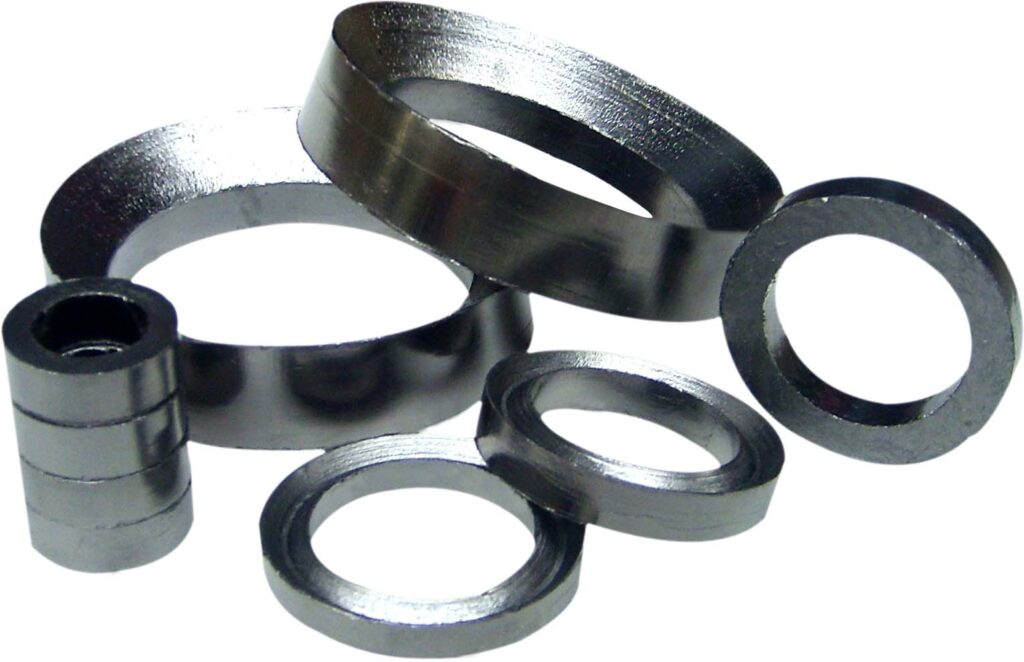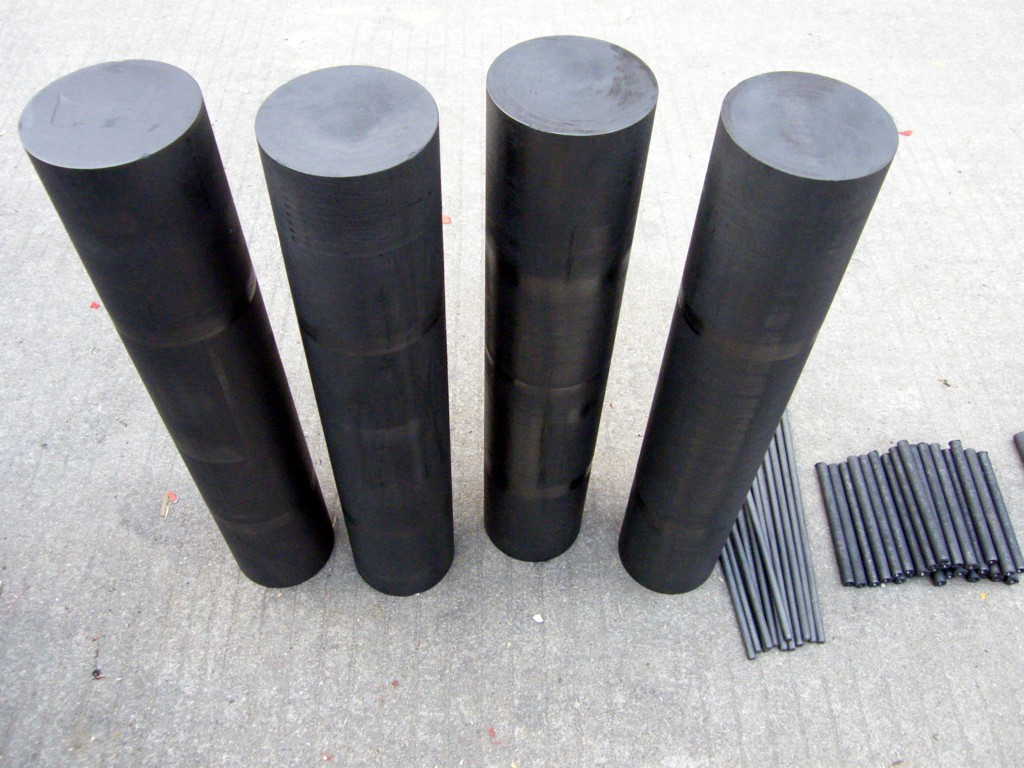Graphite crucible stands as an indispensable element in the intricate process of aluminum-coated film production, playing a pivotal role in ensuring the efficiency, quality, and consistency of the end product. As the demand for aluminum-coated films continues to rise across various industries such as packaging, electronics, and automotive, the reliance on high-performance graphite crucibles has become more pronounced than ever.
In aluminum-coated film production, the key step involves the evaporation or sputtering of aluminum to form a thin, uniform layer on the substrate film. This process requires the aluminum to be heated to extremely high temperatures, often exceeding 660°C, the melting point of aluminum. It is here that the graphite crucible comes into play, serving as the container for melting and holding the aluminum during these high-temperature operations. The unique properties of graphite make it the ideal material for this task. Graphite boasts exceptional thermal conductivity, which ensures that heat is distributed evenly throughout the crucible, allowing the aluminum to melt uniformly. This uniform heating is crucial as it prevents localized overheating or cold spots, which could lead to inconsistencies in the melted aluminum and, consequently, in the quality of the aluminum coating on the film.
Moreover, graphite crucibles exhibit remarkable high-temperature resistance, capable of withstanding the intense heat required for melting aluminum without undergoing significant deformation or degradation. This durability ensures a longer service life, reducing the frequency of crucible replacement and thus minimizing production downtime. Another notable advantage of graphite crucibles is their chemical inertness when in contact with molten aluminum. Unlike some other materials, graphite does not react with aluminum at high temperatures, preventing the contamination of the molten metal. Contamination could introduce impurities into the aluminum coating, compromising the film’s properties such as barrier performance, reflectivity, and adhesion. By using a graphite crucible, manufacturers can maintain the purity of the aluminum, ensuring that the aluminum-coated films meet the stringent quality standards demanded by various applications.
The design and quality of the graphite crucible also have a direct impact on the efficiency of the aluminum-coated film production process. Crucibles with precise dimensions and smooth inner surfaces facilitate the easy pouring or transfer of molten aluminum, reducing waste and ensuring that the right amount of aluminum is used for each coating operation. Additionally, the density of the graphite used in the crucible is a critical factor. High-density graphite crucibles are less porous, which helps to prevent the absorption of molten aluminum and reduces the risk of leakage. This not only enhances the safety of the production process but also contributes to more stable and predictable results.
When selecting a graphite crucible for aluminum-coated film production, several factors need to be considered. The size of the crucible should be matched to the production scale, ensuring that it can hold an adequate amount of aluminum for each batch while fitting into the existing production equipment. The grade of graphite is another important consideration, as different grades offer varying levels of thermal conductivity, density, and purity. Manufacturers should choose a grade that aligns with their specific production requirements, balancing performance and cost-effectiveness.
Regular maintenance and proper handling of graphite crucibles are also essential to maximize their performance and lifespan. After each use, the crucible should be cleaned to remove any residual aluminum or other contaminants, which can affect its performance in subsequent operations. Care should be taken to avoid mechanical damage, such as dropping or hitting the crucible, as graphite is brittle and can crack easily. By following these maintenance practices, manufacturers can ensure that their graphite crucibles remain in optimal condition, supporting consistent and high-quality aluminum-coated film production.
In conclusion, the graphite crucible is a vital component in the aluminum-coated film production process, contributing significantly to the efficiency, quality, and reliability of the end product. Its unique combination of high-temperature resistance, thermal conductivity, chemical inertness, and durability makes it the material of choice for melting and holding aluminum in this application. By selecting the right graphite crucible, maintaining it properly, and integrating it effectively into the production process, manufacturers can enhance their production efficiency, reduce costs, and deliver aluminum-coated films that meet the highest standards of quality. As the aluminum-coated film industry continues to evolve, the role of the graphite crucible will remain crucial, driving innovation and progress in this dynamic field.


